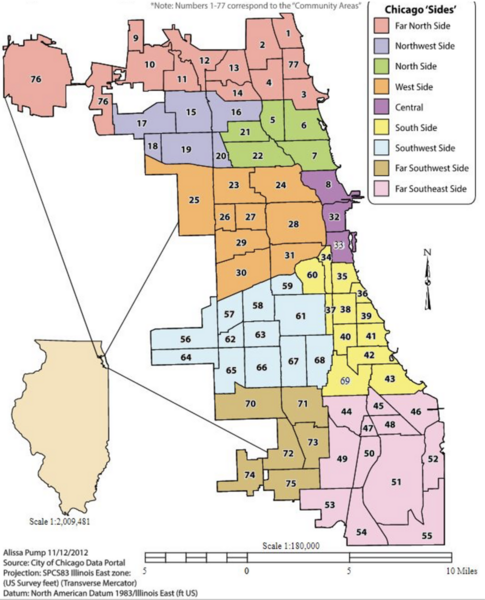Firearm-purchase laws that limit the number of guns on the market reduce gun homicides in the South Side of Chicago
(1) Hoffman Estates High School, Hoffman Estates, IL, USA
https://doi.org/10.59720/20-139
Gun violence and homicide have been pressing issues in the South Side of Chicago for decades, yet little research exists on the relationship between the passage of firearm-purchase laws by the United States Congress and gun homicide rates in the South Side. Firearm-purchase laws define (and usually tighten) the process to buy guns. Our study analyzes firearm-purchase laws passed by Congress between 1993 and 2018 to determine their success in reducing gun homicides in the South Side of Chicago. The hypothesis of this study is that firearm-purchase laws decrease gun homicides in the South Side. We used an interval-analysis method to determine eight firearm-purchase laws’ effectiveness in decreasing gun homicides. The results show that during the first six intervals, when the first five firearm-purchase laws were passed, gun homicides decreased in the South Side. However, gun homicides increased in the next three intervals, with the passages of the next three firearm-purchase laws. Additionally, the passage of firearm-purchase laws that merely extended previous firearm-purchase laws were found to result in higher gun murder rates, suggesting that such laws were ineffective and actually counterproductive.
This article has been tagged with: